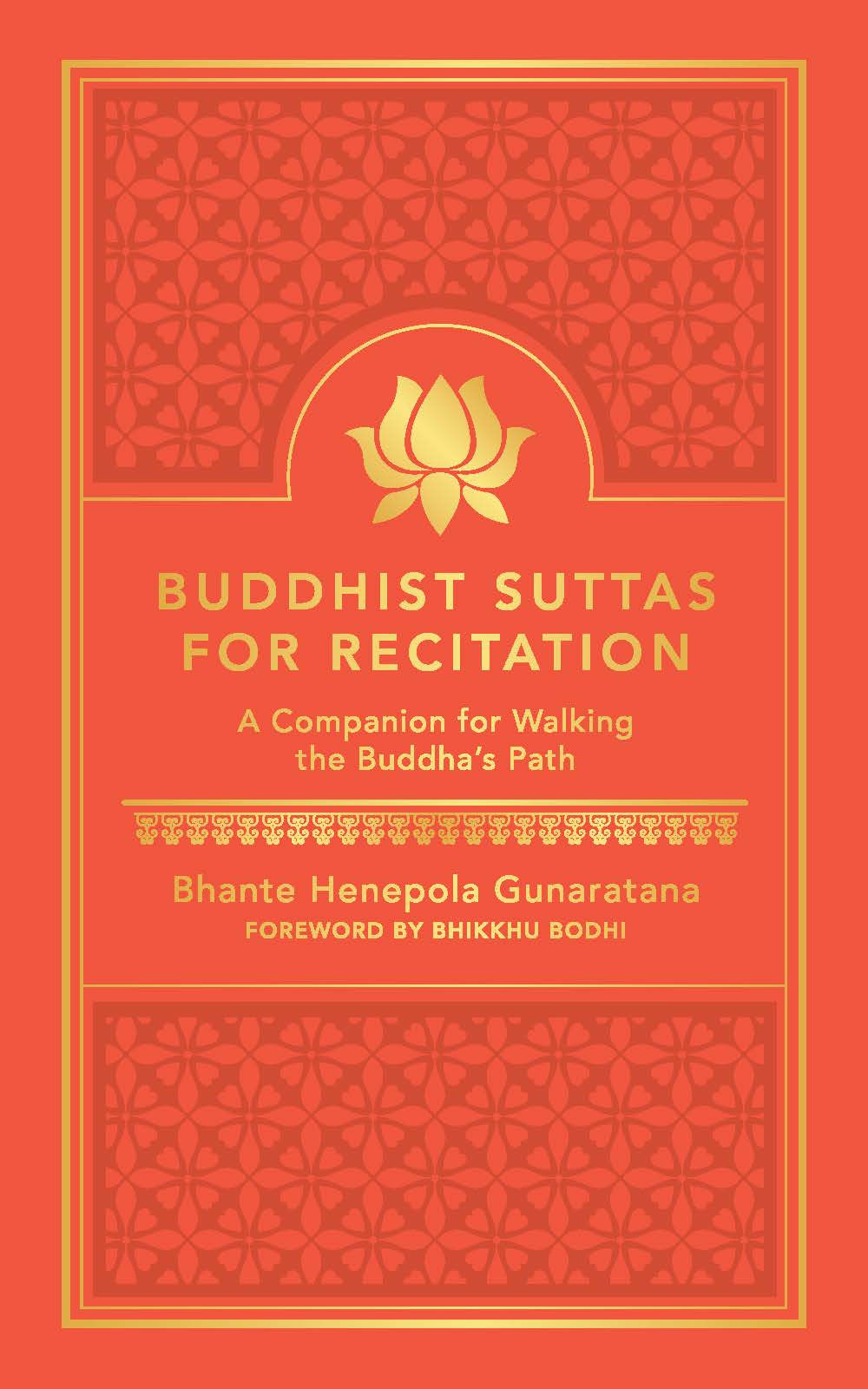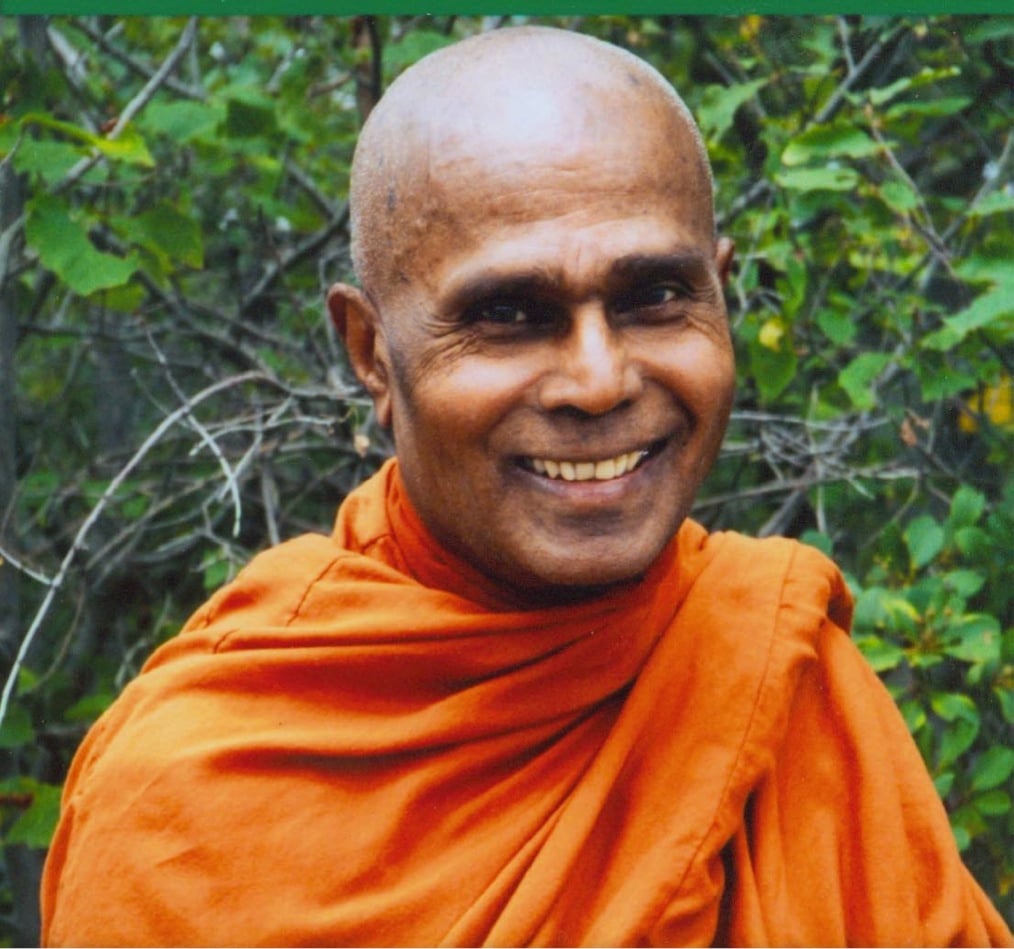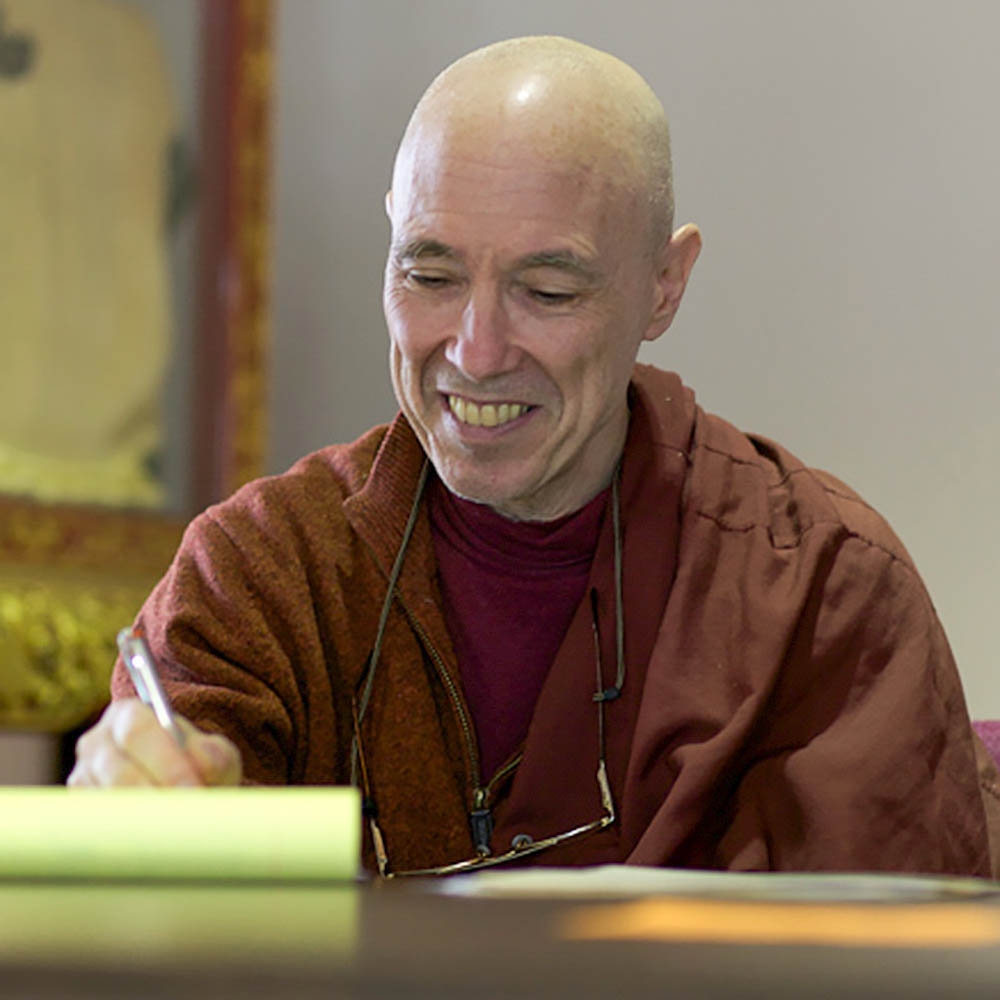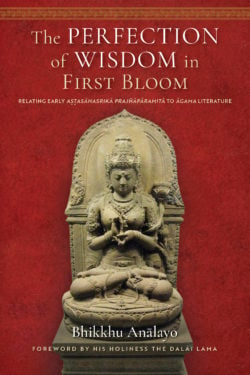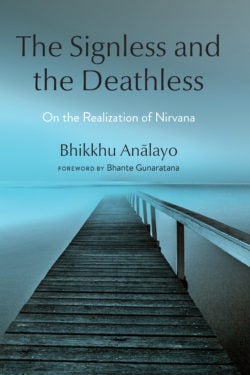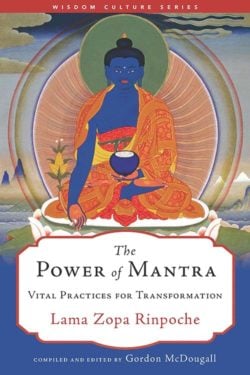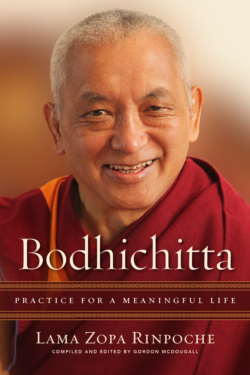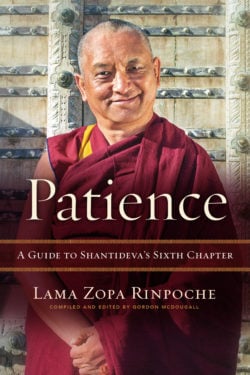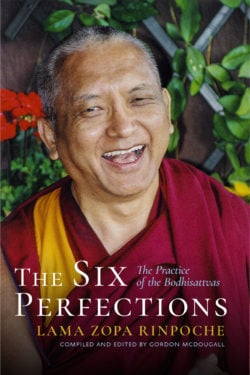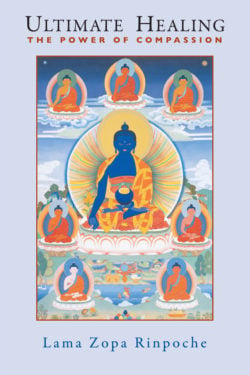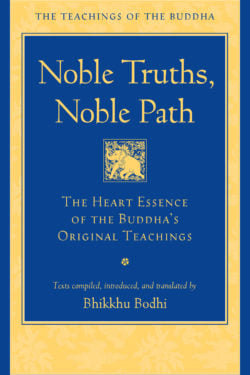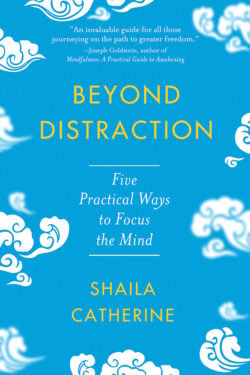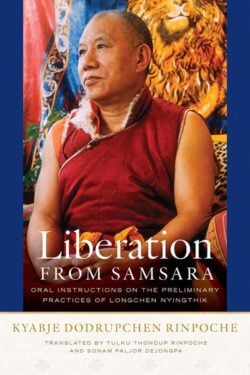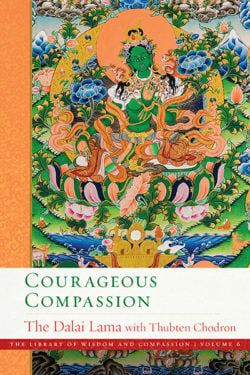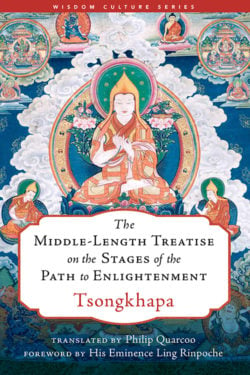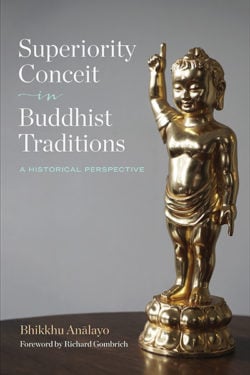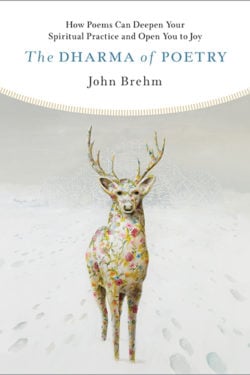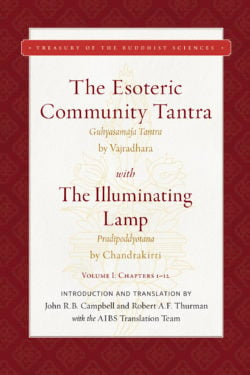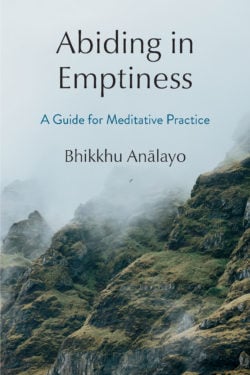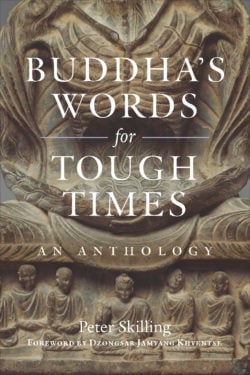Bhante Gunaratana was ordained at the age of twelve as a Buddhist monk in Sri Lanka, earned his PhD in philosophy from The American University, and has led meditation retreats, taught Buddhism, and lectured widely throughout the United States, Canada, Europe, and Australia. Bhante Henepola Gunaratana is the president of the Bhavana Society in High View, West Virginia, where he lives.
Other books by Bhante Gunaratana:
Dependent Origination in Plain English
Impermanence in Plain English
What, Why, How
Start Here, Start Now
Beyond Mindfulness in Plain English
The Four Foundations of Mindfulness in Plain English
Eight Mindful Steps to Happiness
Meditation on Perception
The Mindfulness in Plain English Journal
Mindfulness in Plain English
The Mindfulness in Plain English Collection
Loving-Kindness in Plain English

